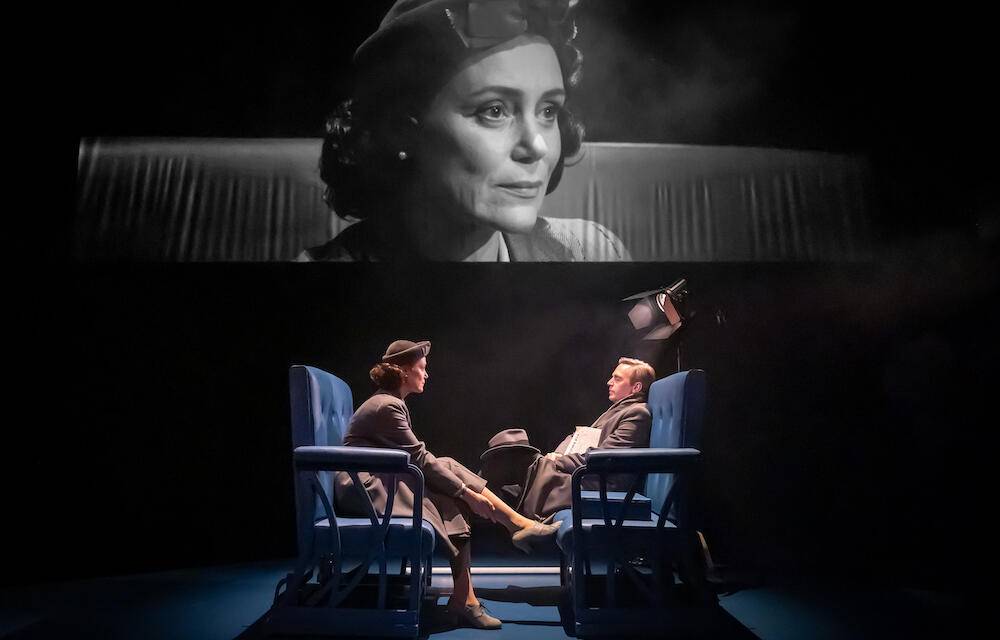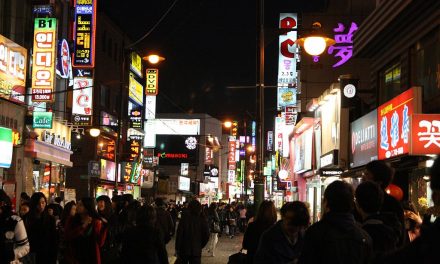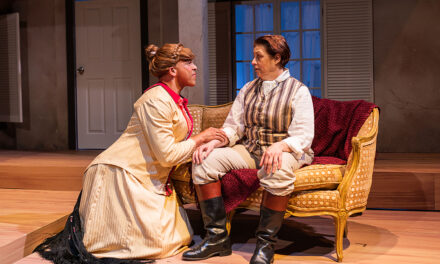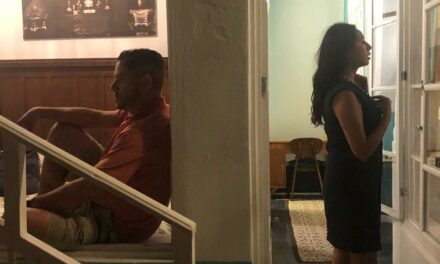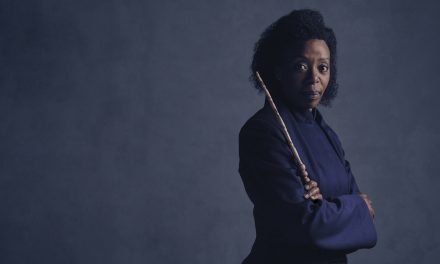It’s election year so the gaze of British theatre turns towards the National Health Service. But, no, this month’s plays do not examine the parlous state of doctors and hospitals today, but rather look back to the early days of the NHS. At the Donmar Warehouse Lucy Kirkwood focuses on one local Shropshire doctor, while at the National Theatre Tim Price documents the life of Nye Bevan, health minister in the socialist Labour government of 1945. At the former venue, The Human Body gets a fast-moving production by Michael Longhurst, its artistic director, and boasts a cast headed by TV superstars Keeley Hawes and Jack Davenport.
It’s 1948 and Hawes plays Iris, a busy 40-something: she is not only a hardworking GP, but also, as a Pathé news prologue proclaims, a local government councillor, a housewife and mother of a young girl, Laura. In the words of this film: she’s “one of the busiest women in England”. And that’s not all. She is also the parliamentary secretary to Helen, a Labour MP and one of Nye Bevan’s advisers in the Ministry of Health. With all this on her plate, including doing all the housework and cooking for her husband Julian, you’d think she wouldn’t have the time or energy for an extramarital affair.
You’d be wrong. After a brief encounter with a stranger on a train, who turns out to be the handsome Hollywood actor George (Davenport), these two are drawn together. As they tentatively begin an affair, Kirkwood subverts the classic 1945 David Lean film Brief Encounter, which showed an unconsummated passion, by highlighting their sexual connection. As the play’s title suggests, the story is both about the yearnings of human physical love, but also about how a woman doctor can help the bodies of her patients. These two parallel strands run through the piece, whose action takes place during the year the NHS was set up.
This twin-track storytelling structure is emphasized in Longhurst and Ann Yee’s production, which is designed by Fly Davis, and involves the real-time filming of the actors and then projecting the result in monochrome onto a screen above the stage. The slightly blurred aesthetics refer to those of Brief Encounter, and the projections encourage us to feel closer to Hawes and Davenport. They include images of tentatively touching fingers along with close ups of the actors’ faces. As well as Nathan Amzi and Joe Ransom’s video work, Ben and Max Ringham’s sound design alludes to the music of Bernard Herrmann, Alfred Hitchcock’s composer, before inevitably embracing the chords of Rachmaninov’s Piano Concerto No 2 (another reference to Lean’s film).
The Human Body reminds us that although the NHS is now a treasured institution, and a central part of British national identity, its origins were controversial. For example, Iris’s husband Julian, a doctor who was badly wounded while working at sea in the war, opposes the policy because he doesn’t want to be a servant of the state — he cherishes his professional independence. And while Helen encourages Iris to think of becoming a Labour MP, her protégé’s passionate speech to a selection committee is contrasted with moments in which a large cast of ordinary people express their skepticism with both politicians and their reforms.
Despite its subject matter this is not a nostalgic play. Time after time, Kirkwood stresses how bad things were: sexually transmitted diseases spread by soldiers during the war or the pains of untreated women’s problems, from prolapses to blood in the urine. The Human Body also emphasizes Julian’s suffering from his war wound and, in one beautifully excruciating scene, shows how negatively he feels about Iris’s now middle-aged body. At the same time, in contrast to the medical conditions which are essential to the plot twists of the drama, the body’s desires and appetites are also shown to have a potential for joy.
The central political argument is the conflict between working for the public good and enjoying private pleasures. George says that socialism is like broccoli, but “you can’t scold grown men and women into eating broccoli when ice cream is available”. For him, Iris is all about “righteousness and no pleasure”. The use of food metaphors chimes with the play’s preoccupation with the nourishment of the body and is typical of Kirkwood’s thematic coherence. George also describes the magic of the cinema, which she dismisses as escapism, as a place to “feel the rapture of being alive”.
The drabness of the 1940s, and the memories of how working-class people suffered the deprivations of rationing and expensive medical treatments, are alluded to in the production’s colour palette: a light blue set, subdued grey and tan clothing (with the vivid exception of a scene featuring Christian Dior’s New Look) and all the props are matt blue. The suggestion of depression and restraint in these blues contrasts with the liveliness of the onstage filming, and of the stage crew, who openly bring on and take off the furniture in every speedy scene. This busy vibe, enhanced by a revolving stage, is offered as an unspoken cure for a depressive era.
With an optimist ending amid personal tragedy, The Human Body is a long, but compelling play. You can easily forgive some clumsy exposition and Julian’s early speeches in which he violently, and in a rather caricature way, articulates his disapproval of his wife’s career and ambitions. On the plus side, the play moves cinematically across numerous locations, whether it is seaside, film studio, restaurant or hotel room, and the secondary characters include Shirley, Julian’s sharp-tongued but perceptive sister, and Jean, George’s spirited actress friend (who he flirts with). There are many good passages of writing, and although in one of them George’s description of love as a sickness is traditional, he does give it a visceral twist.
The star of the show is Hawes, who never leaves the stage and whose performance has a quiet intensity, delivered with great integrity and detail. She does repression very well, but also gives subtle hints of defiance and inner turbulence. She is, after all, at the centre of a national revolution in which the demands of justice run up against both the vagaries of the human body and the mindset of reactionaries. As George, Davenport is outwardly charming, but inwardly unsettled by the passion he begins to feel, a man who realizes that urbanity will only get you so far.
The rest of the superb cast — Tom Goodman-Hill (Julian), Siobhán Redmond (Shirley) and Pearl Mackie (Jean) — also play multiple roles, while Flora Jacoby Richardson (making her stage debut) and Audrey Kattan share the role of Laura, a kid who is fascinated by Princess Elizabeth’s wedding dress. With an enormous list of fellow creatives, too numerous to mention, this is Longhurst’s farewell to the Donmar — and what a memorable show it is: rich, witty, ambitious and compelling. If inevitably some of the themes, such as the tensions between actuality and fiction, get less attention than the politics of the NHS and the central romance, this is still a thrilling piece of wonderfully staged theatre.
- The Human Body is at the Donmar Warehouse until 13 April.
This post was written by the author in their personal capacity.The opinions expressed in this article are the author’s own and do not reflect the view of The Theatre Times, their staff or collaborators.
This post was written by Aleks Sierz.
The views expressed here belong to the author and do not necessarily reflect our views and opinions.

